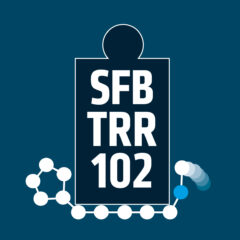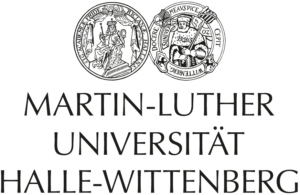Dynamics and charge transport in individualized macromolecules
by Alaa Hassan
Synthesis and Incorporation of Photoswitches into Amyloidogenic Peptides
by André Paschold
Location: MLUconf
Time: 15.20 – 17.00
Continue reading “Doctoral students seminar (September 15, 2020)”




